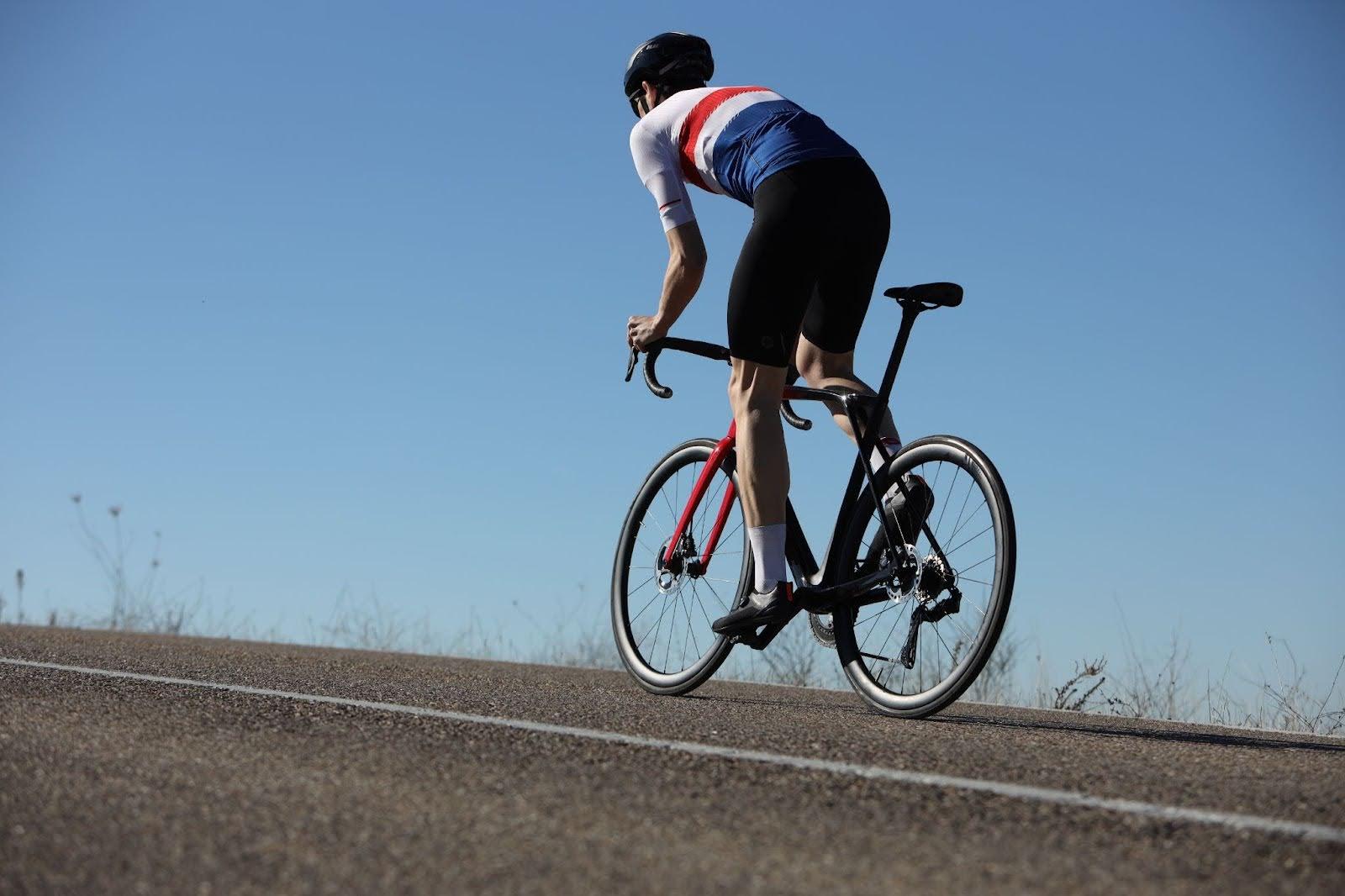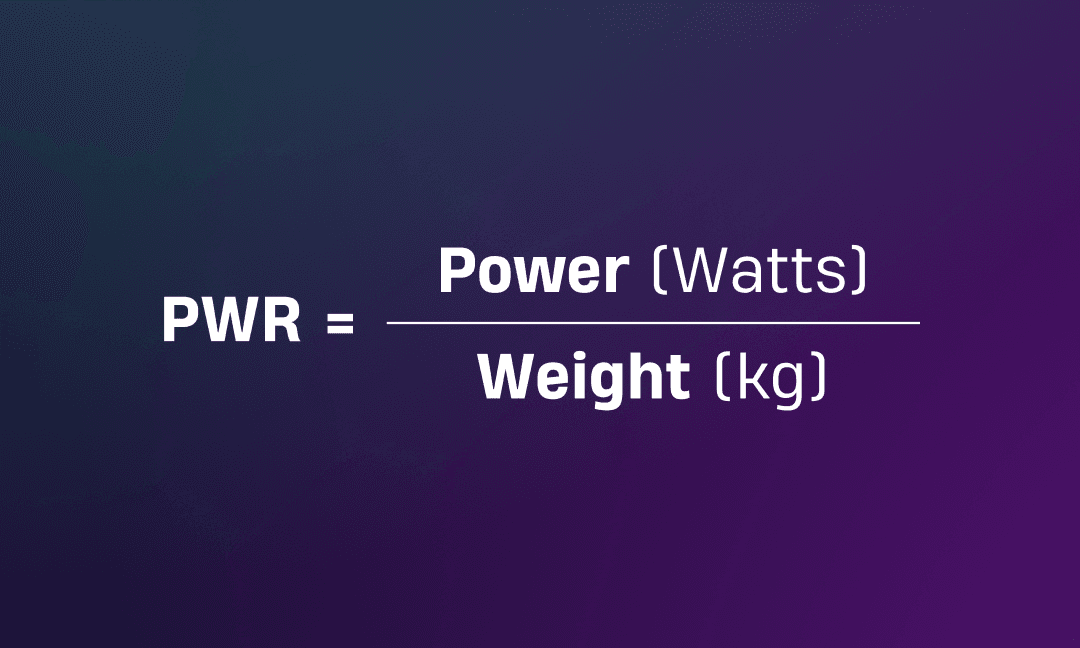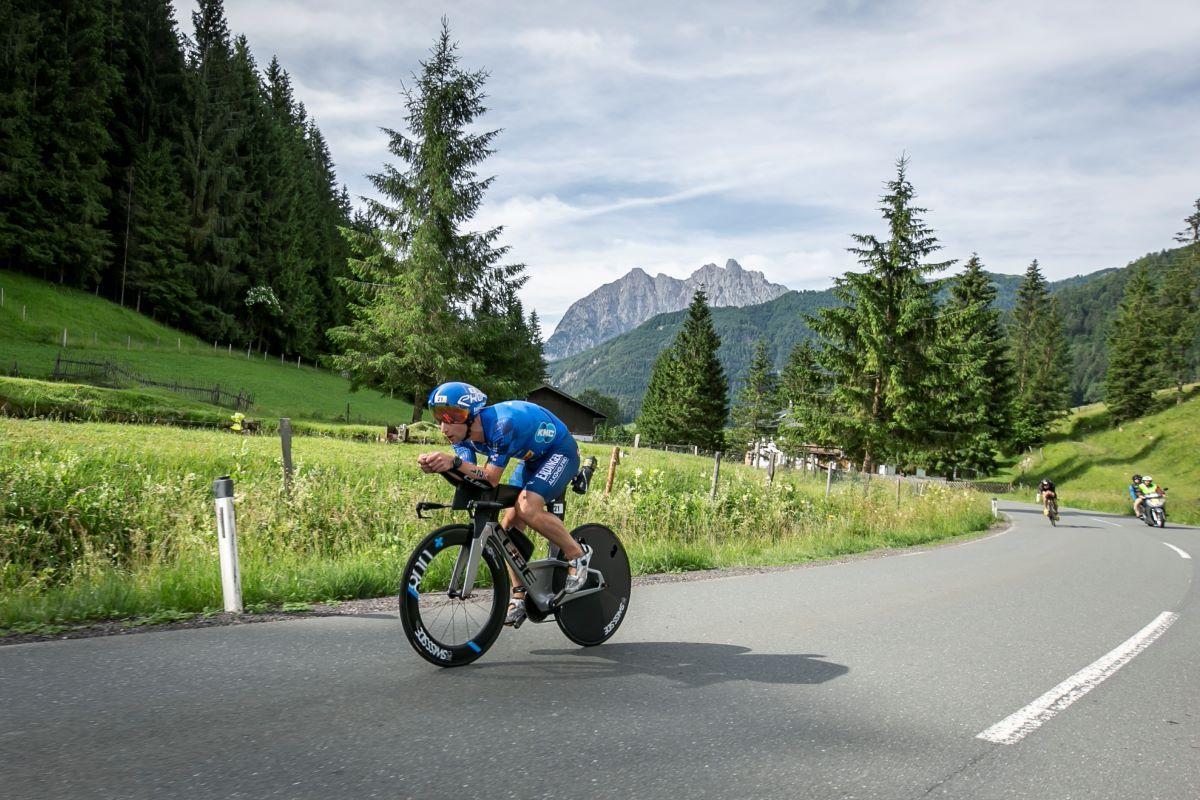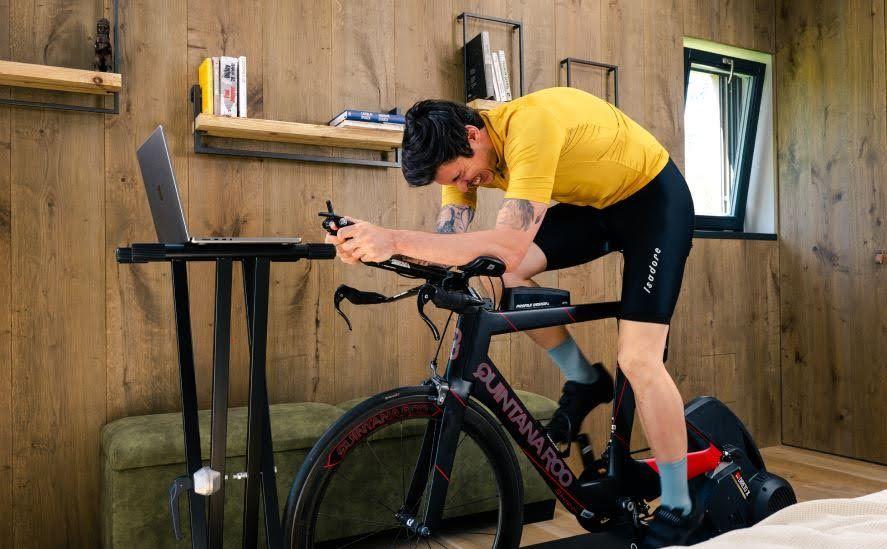In the world of cycling, power-to-weight ratio (PWR) is a critical metric that determines your efficiency and performance on the bike. This ratio, calculated as the amount of power (measured in watts) you can produce per kilogram of body weight, directly influences your speed, climbing ability, and overall endurance. A higher PWR means you can ride faster, climb steeper inclines with ease, and sustain higher speeds over longer distances. For serious cyclists, optimizing this ratio is essential for reaching peak performance levels.
Power in cycling is measured in watts, which quantifies the rate at which energy is produced. This measurement is vital because it provides a direct assessment of your performance independent of external factors like wind or terrain. Power meters, installed on bikes or within smart trainers, capture this data, allowing cyclists to monitor their output and make informed training decisions. Understanding how to generate and sustain watts efficiently is the foundation of improving your PWR.

How to calculate your power-to-weight ratio
Calculating your PWR is straightforward. First, measure your power output in watts, which can be done using a power meter during a ride or in a controlled test. Next, weigh yourself in kilograms. Finally, divide your power output by your weight:

For example, if you produce 300 watts and weigh 70 kilograms, your PWR is approximately 4.29 W/kg.
Analyzing power-to-weight
Power curves illustrate your ability to sustain power over various durations, from a few seconds to several hours. These curves help identify strengths and weaknesses in your performance.

For instance, a cyclist with a strong sprint will have high power output over short durations, while an endurance rider will excel over longer periods. Understanding these curves enables tailored training to improve specific aspects of your performance.
Power-to-weight ratios can vary significantly based on body weight. For example:
Lightweight cyclists (60 kg): A PWR of 4 W/kg equals 240 watts.
Medium Weight Cyclists (70 kg): A PWR of 4 W/kg equals 280 watts.
Heavier Cyclists (80 kg): A PWR of 4 W/kg equals 320 watts.
These examples highlight the importance of both increasing power and managing body weight to achieve an optimal PWR.









